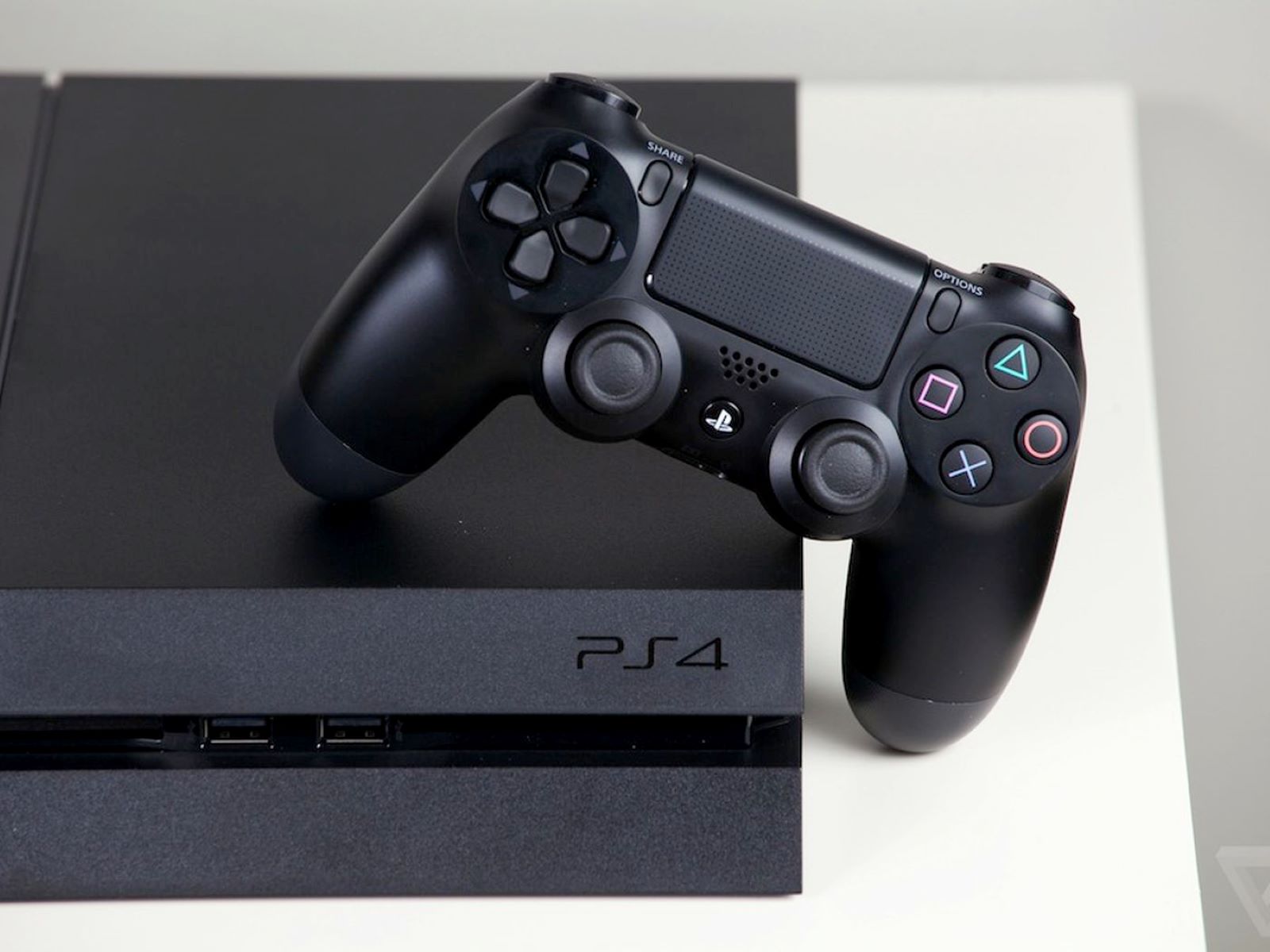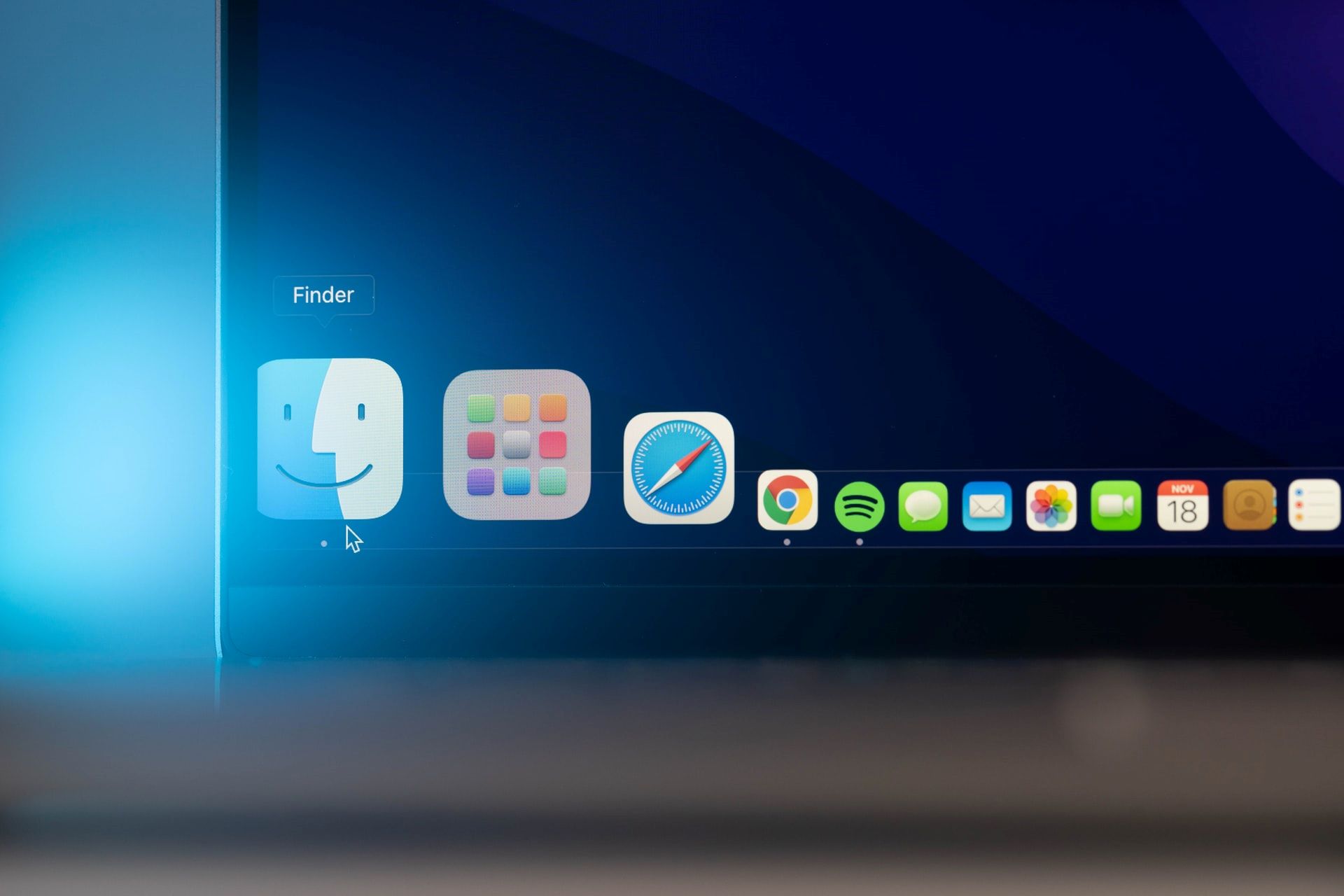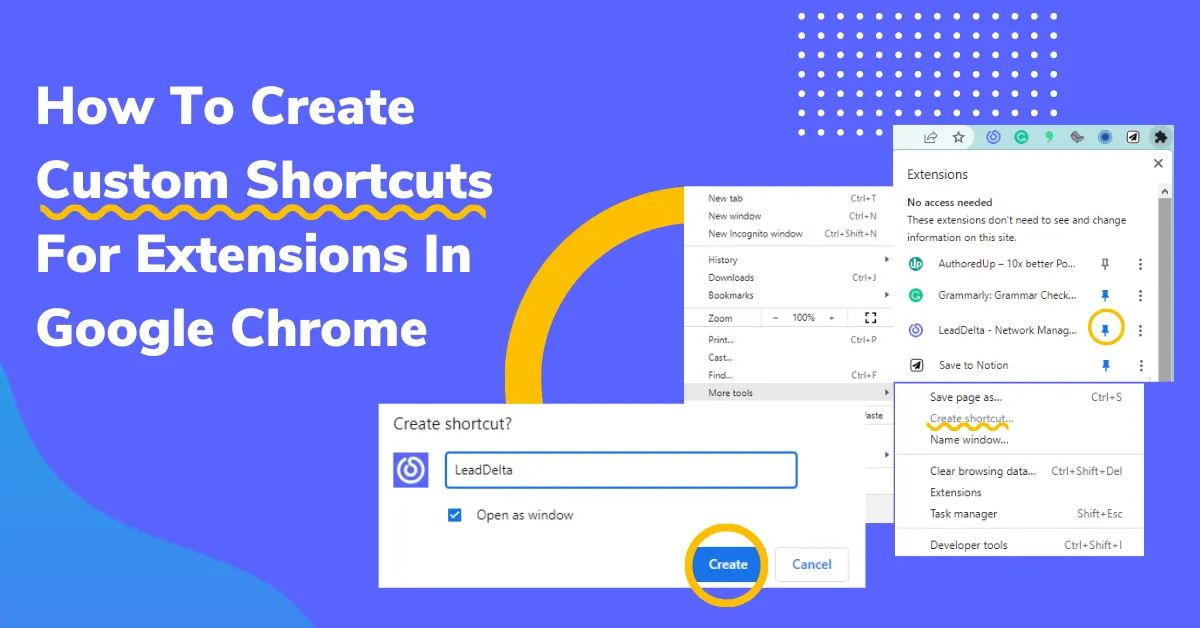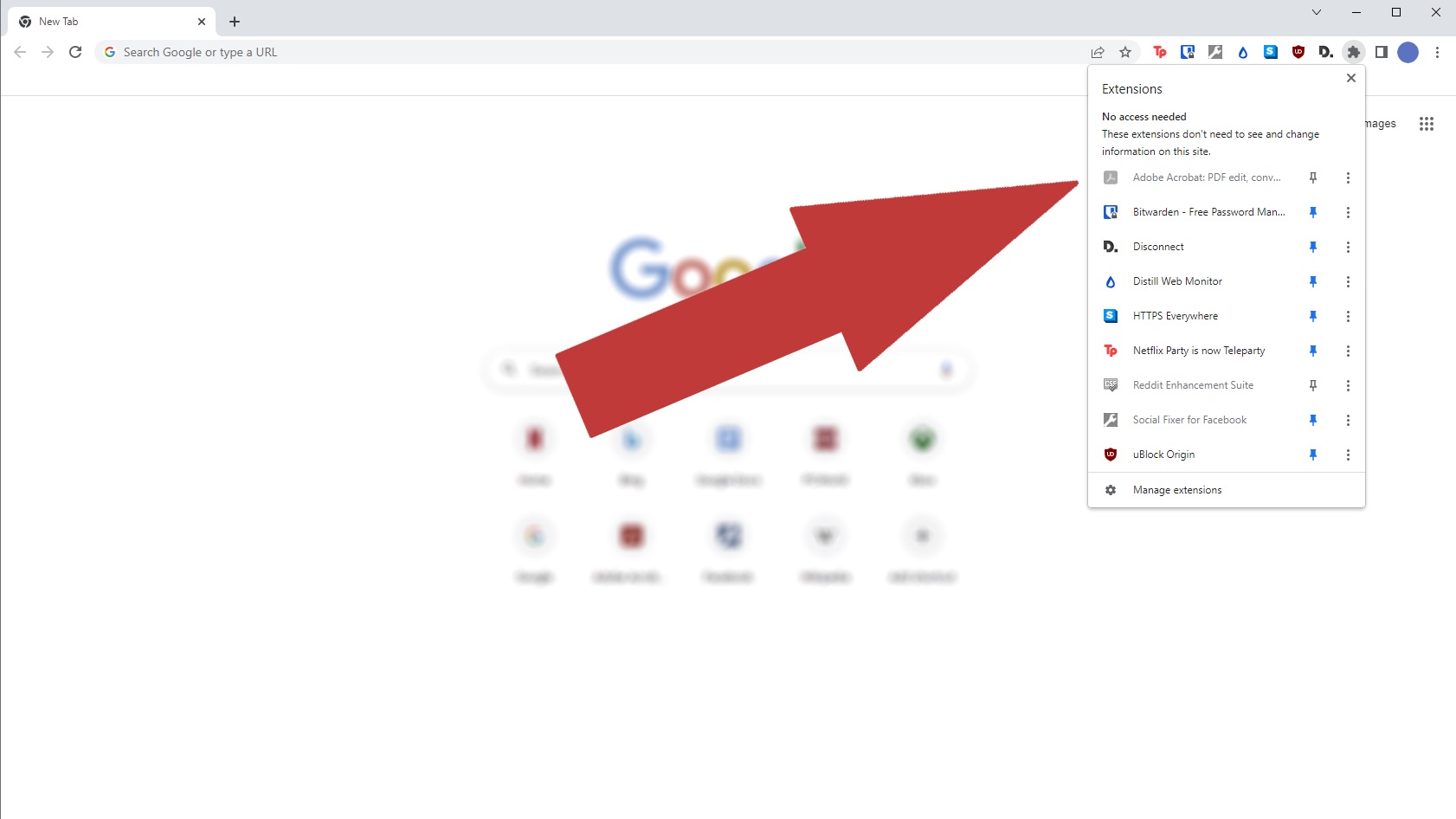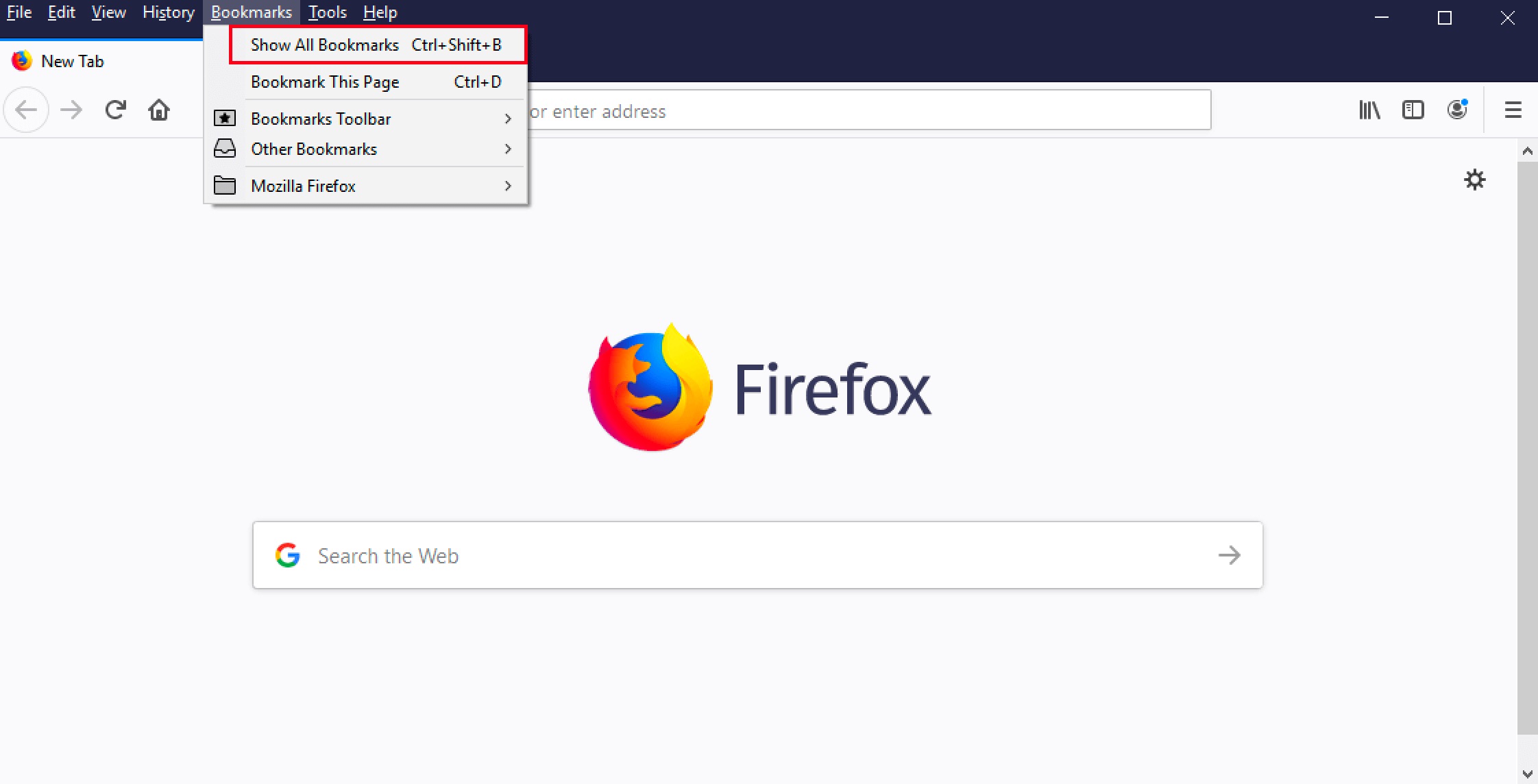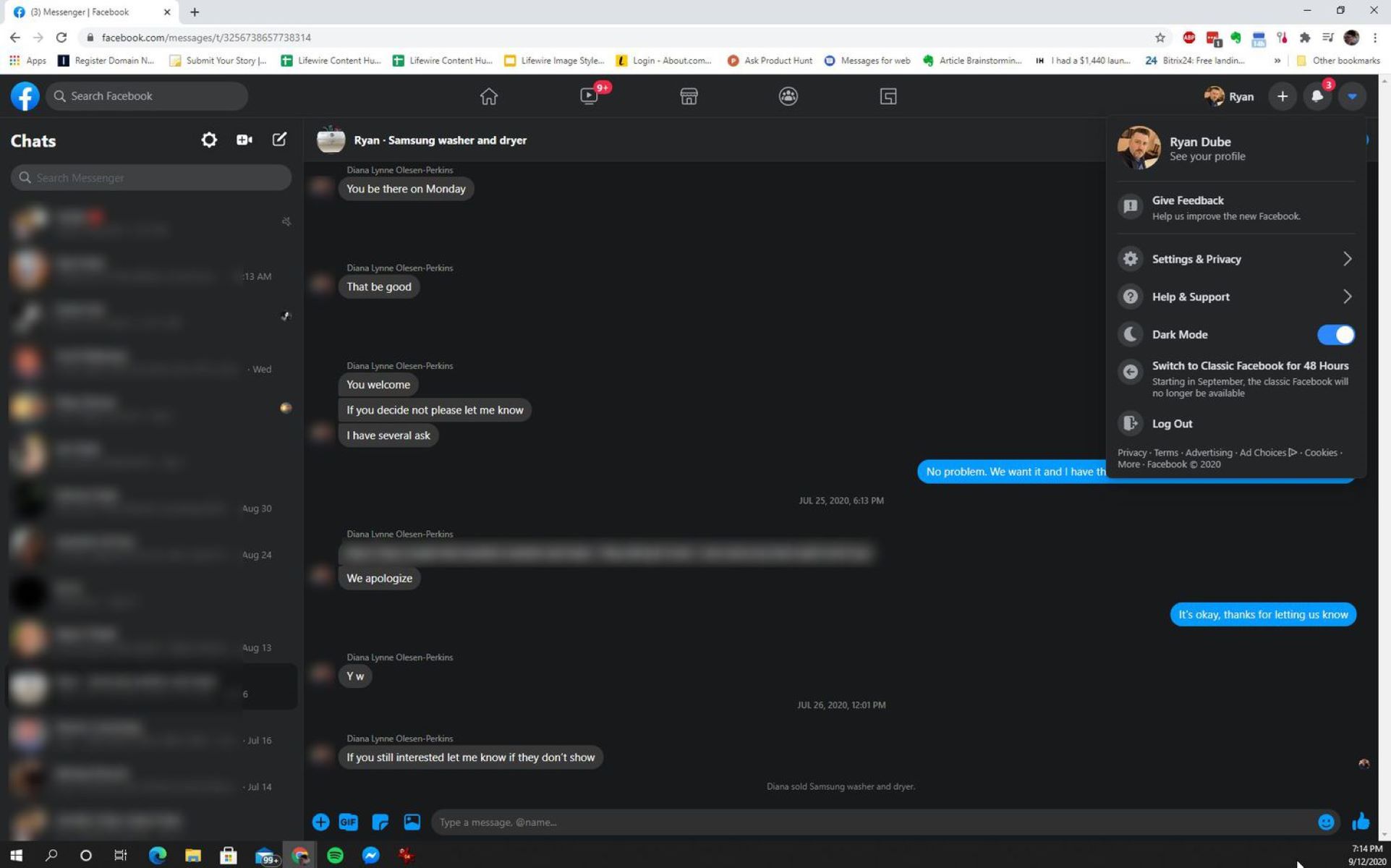Introduction
Welcome to the world of browser icons! Have you ever wondered what those small images are that you see on your browser tabs or bookmarks? Those are browser icons, also known as favicon (short for favorite icon). These tiny, yet powerful, icons play a crucial role in the web browsing experience.
Browser icons serve as visual representations of websites and are often the first point of contact for users. They provide instant recognition and help users identify and locate specific websites amidst a sea of open tabs. In a way, they act as a branding element, creating a lasting impression and reinforcing the website’s identity.
The importance of browser icons cannot be overstated. They enhance the overall aesthetics and professionalism of a website, making it visually appealing and engaging. If you own a website, having a well-designed and distinctive browser icon can improve your website’s visibility, increase click-through rates, and boost your brand’s recognition.
Creating a browser icon might sound daunting, but fear not! The process is relatively simple and straightforward. In the next sections, we will explore how to create a browser icon, the considerations for designing one, and best practices for using browser icons effectively.
So, whether you are a web designer looking to enhance your website’s user experience or a website owner aiming to make a lasting impression, understanding browser icons and how to utilize them effectively is crucial. Let’s dive in and discover the fascinating world of browser icons!
What is a browser icon?
A browser icon, also known as a favicon, is a small image or graphic that represents a website or web page. It is typically displayed in the browser’s tab, bookmark bar, and browser history, providing a visual identity for the website. Browser icons are usually square-shaped and measure around 16×16 pixels or 32×32 pixels in size.
The primary purpose of a browser icon is to serve as a visual cue or shortcut for users to identify and locate a specific website quickly. When users have multiple tabs open, the browser icon helps them distinguish between different websites at a glance. It also appears in the bookmarks list, making it easier for users to find and access their favorite websites.
Moreover, browser icons are displayed in browser history, which allows users to remember and revisit previously visited websites more easily. The presence of a recognizable browser icon enhances the overall browsing experience by providing a consistent and cohesive visual representation of the website across different platforms and devices.
Besides their functional purpose, browser icons also contribute to the overall aesthetic appeal of a website. A well-designed and visually appealing browser icon can leave a lasting impression on visitors, instilling trust and credibility in the website’s brand. It conveys a sense of professionalism and attention to detail, reflecting positively on the overall user experience.
Browser icons can take various forms, including logos, brand symbols, or even simplified representations of the website’s content or theme. Regardless of the specific design, the key is to create an icon that is unique, easily recognizable, and relevant to the website’s identity or purpose.
In the next sections, we will explore the importance of browser icons, how to create them, and best practices for their usage. So, stay tuned and discover how browser icons can elevate your website’s visual appeal and user experience!
Importance of a browser icon
A browser icon, also known as a favicon, may seem like a small detail, but it plays a significant role in the overall browsing experience for both website owners and users alike. Let’s explore the importance of having a well-designed and distinctive browser icon:
- Visual Recognition: A browser icon serves as a visual identifier for a website. It helps users recognize and remember a website among the numerous tabs they have open, allowing for quick and easy navigation. When users can visually associate a specific icon with a website, it enhances brand recognition and strengthens their connection with the website.
- Brand Identity: A well-crafted browser icon can convey the essence of a brand or website. It acts as a miniature representation of the brand’s logo or theme, contributing to brand consistency and recall. By incorporating brand colors, fonts, or symbols, a browser icon can reinforce the overall brand identity and create a cohesive experience for users.
- Professionalism: A website with a customized browser icon appears more professional and trustworthy. It demonstrates attention to detail and a commitment to delivering a quality user experience. Users subconsciously associate a well-designed browser icon with a reputable and reliable website, making them more likely to engage with its content.
- Stand Out from the Competition: In a crowded online landscape, having a unique browser icon sets a website apart from competitors. It helps the website grab the attention of users and stand out in their bookmarks or browser history. A distinct browser icon can create a memorable impression, driving users to revisit the website and potentially increase its traffic.
- User Experience: Browser icons contribute to a seamless and intuitive user experience. They provide visual cues and help users navigate between different websites quickly. With a recognizable browser icon, users can easily find and access their favorite websites, improving overall user satisfaction and engagement.
Overall, a browser icon is a powerful tool to enhance brand recognition, establish credibility, and improve the user experience. It is a visual representation of a website’s identity and should be carefully designed to align with the brand and create a lasting impression on users. In the next sections, we will delve into the process of creating a browser icon and the considerations for its design. So, let’s continue on our journey of unlocking the potential of browser icons!
How to create a browser icon
Creating a browser icon might seem like a daunting task, but with the right tools and techniques, it can be a straightforward process. Here is a step-by-step guide on how to create a browser icon:
- Determine the dimensions: Browser icons are generally small squares, with common sizes being 16×16 pixels or 32×32 pixels. Start by deciding the size you want for your browser icon.
- Design your icon: Use graphic design software like Adobe Photoshop, Illustrator, or online tools like Canva or Favicon.io to create your browser icon. Keep in mind that the icon should be simple, easily recognizable, and represent your brand or website effectively.
- Choose the file format: Save your icon in the .ico file format, which is widely supported by browsers. Alternatively, you can also save it in .png format, but ensure that it has the proper dimensions and is saved with a transparent background.
- Resize and optimize: Use image editing software to resize and optimize your icon to the desired dimensions while ensuring it remains clear and legible.
- Upload your icon: Once your browser icon is finalized, upload it to your website’s root directory or in the `` section of your HTML file. Use the following code to link your icon to your website:
``
Replace “path/to/your/icon.ico” with the actual path to your icon file.
- Test and verify: Open your website in different browsers and devices to confirm that your browser icon is displayed correctly. Make sure it is visible in browser tabs, bookmarks, and browser history.
Remember to periodically review and update your browser icon to keep it fresh and reflective of any changes to your brand or website. With these steps, you can create and implement a personalized browser icon that enhances your website’s visual appeal and recognition.
In the next section, we will explore the considerations and best practices for designing an effective browser icon. So, let’s continue our exploration of the world of browser icons!
Considerations for designing a browser icon
Designing a browser icon requires careful thought and consideration to ensure it effectively represents your brand or website. Here are some important considerations to keep in mind during the design process:
- Simplicity: Browser icons are small, so simplicity is key. Opt for clean and uncluttered designs that are easily recognizable even at a small size. Avoid intricate details or complex imagery that may become indistinguishable when scaled down.
- Relevance: Your browser icon should be relevant to your brand or website. It should effectively communicate the nature of your business or the content of your website. Incorporate elements such as your logo, brand colors, or symbols that are synonymous with your brand identity.
- Consistency: Ensure your browser icon aligns with the overall visual identity of your brand. Use consistent typography, colors, and design elements to maintain a cohesive and professional appearance across different platforms.
- Distinctiveness: Stand out from the crowd by creating a unique browser icon. Avoid using generic or commonly used icons that may confuse users or dilute your brand’s identity. A distinctive icon will make your website memorable and easily recognizable.
- Clarity: The purpose of a browser icon is to aid swift recognition. Prioritize clarity by using high contrast, bold shapes, and recognizable symbols. Your icon should be easily identifiable and unambiguous, even at a quick glance.
- Test on different backgrounds: Browser icons are typically displayed on various background colors such as white, black, or even patterned backgrounds. Test your icon on different backgrounds to ensure it remains visually appealing and distinguishable across a range of scenarios.
- Favicon variants: Consider creating different versions of your browser icon to accommodate different platforms and devices. For example, Apple devices support Apple Touch icons, which are similar to browser icons but have different size requirements.
Remember, your browser icon is an essential element of your website’s branding. Invest time and effort into thoughtful design and consider revisiting your icon periodically to ensure it remains relevant and aligned with your brand’s evolution.
In the next section, we will explore best practices for effectively using browser icons to enhance the user experience and strengthen your brand presence. So, let’s continue our journey through the realm of browser icons!
Best practices for using browser icons
To maximize the impact of your browser icon, it’s important to follow best practices for its usage. Here are some tips to ensure you make the most of this small yet powerful element:
- Consistency across platforms: Maintain visual consistency by using the same browser icon across all platforms and devices. This establishes brand recognition and reinforces your website’s identity.
- Optimal size and resolution: Create your browser icon in the recommended sizes of 16×16 or 32×32 pixels to ensure clarity and legibility. Also, ensure your icon is optimized for the web to minimize file size without compromising quality.
- Transparent background: Use a transparent background for your browser icon. This allows the icon to seamlessly blend with different browser tabs and background colors, resulting in a clean and polished appearance.
- Filename and file format: Save your browser icon with a logical and descriptive filename to enhance organization. Ensure the icon is in the .ico or .png file format, as these formats are widely supported by browsers.
- Responsive design: Design your website and browser icon with responsiveness in mind. The browser icon should scale appropriately on different device types and screen sizes, maintaining its visibility and recognition factor.
- Accessibility: Consider users with visual impairments or color blindness. Ensure your browser icon adheres to accessibility guidelines by using contrasting colors and using alternative text to describe the icon.
- Test across browsers: Test your website and browser icon across multiple browsers, including popular ones like Chrome, Firefox, Safari, and Edge. This ensures consistent display and functionality on different platforms.
- Monitor changes: Keep an eye out for any changes in browser favicon standards or guidelines. Stay updated to adapt your browser icon to any new specifications or improvements introduced by browser vendors.
- Regular updates: Periodically review and update your browser icon to align with any brand updates or changes in your website’s design. This keeps your website fresh and ensures your browser icon accurately represents your brand.
By following these best practices, you can optimize the impact of your browser icon on the user experience and brand recognition. A well-designed and strategically implemented browser icon can leave a positive and memorable impression on users, ultimately leading to increased engagement and success for your website.
In the next section, we will explore how to change your browser icon and update it across different platforms. So, let’s continue our exploration of the fascinating world of browser icons!
How to change a browser icon
If you have an existing website and want to update or change your browser icon, follow these steps to ensure a smooth transition:
- Create the new browser icon: Design your new browser icon using the same considerations and best practices mentioned earlier. Ensure it accurately represents your brand or website with a refreshed look or updated branding elements.
- Save the icon file: Save the new browser icon with the desired dimensions (16×16 or 32×32 pixels) in the .ico or .png file format. Remember to optimize the file size without compromising quality.
- Replace the old icon: In your website’s root directory or the `` section of your HTML file, replace the link to the old browser icon with the link to the new icon. Use the following code to reference the new icon:
``
Replace “path/to/your/new/icon.ico” with the actual path to your new icon file.
- Clear browser cache: Clear your browser cache to ensure the updated browser icon is displayed correctly. This step is important to avoid any issues caused by cached versions of your website’s icon.
- Test and verify: Open your website in different browsers and devices to confirm that the new browser icon is displayed as intended. Check browser tabs, bookmarks, and browser history to ensure the new icon appears consistently across platforms.
It’s worth noting that changing a browser icon does not happen instantaneously. Different users may see the new icon at different times, depending on how often their browsers retrieve the updated favicon. Therefore, it’s important to be patient and allow time for the changes to propagate.
Remember to communicate any changes in your browser icon to your audience or website visitors. This can be done through announcements, updates on social media, or newsletters, ensuring they are aware of the refreshed branding and continue to associate your new icon with your website.
By following these steps, you can successfully change your website’s browser icon and give it a fresh, updated look. Keep in mind that browser icon changes should be done strategically and aligned with your overall branding and design updates.
In the final section, we will recap the key points discussed and emphasize the importance of browser icons. Let’s conclude our exploration of the world of browser icons!
Conclusion
Browser icons, or favicons, are small yet powerful elements that have a significant impact on the user experience and brand recognition. These tiny icons serve as visual cues, aiding users in quickly identifying and navigating to specific websites among multiple tabs and bookmarks.
Designing a browser icon requires careful consideration. It should be simple, relevant to your brand or website, and consistent across different platforms. A well-designed browser icon enhances the professionalism of your website, strengthens your brand identity, and sets you apart from the competition.
To create a browser icon, follow the steps of determining dimensions, designing the icon, choosing the file format, resizing and optimizing, and finally uploading and testing it on different browsers. Following best practices like maintaining consistency, using optimal sizes, ensuring a transparent background, and testing across platforms will further enhance the impact of your browser icon.
If you wish to change your browser icon, create a new icon, save it with the desired dimensions and file format, replace the old icon with the new one in your website’s code, clear the browser cache, and thoroughly test the updated icon on various devices and browsers.
By consistently implementing these practices, you can create a visually appealing and recognizable browser icon that enhances your website’s user experience, strengthens your brand, and leaves a lasting impression on visitors.
So, go ahead and unlock the potential of browser icons to elevate your website’s visual appeal and make a memorable impact on users. Embrace the creative possibilities and enjoy the benefits that well-designed browser icons bring to your digital presence.








